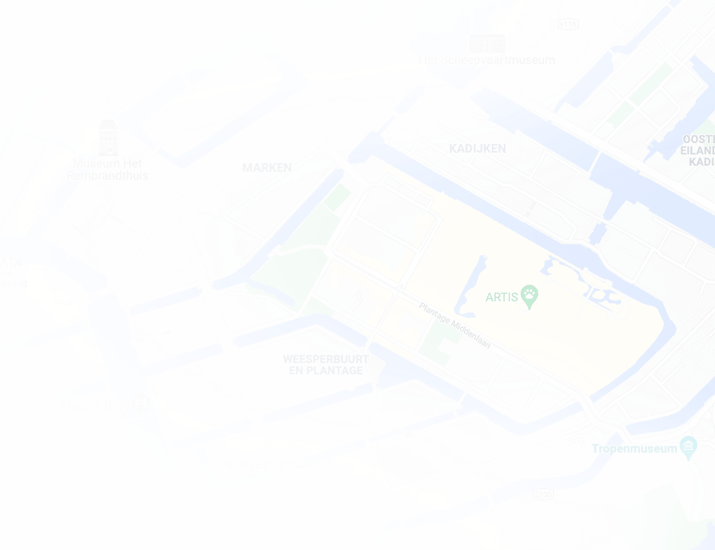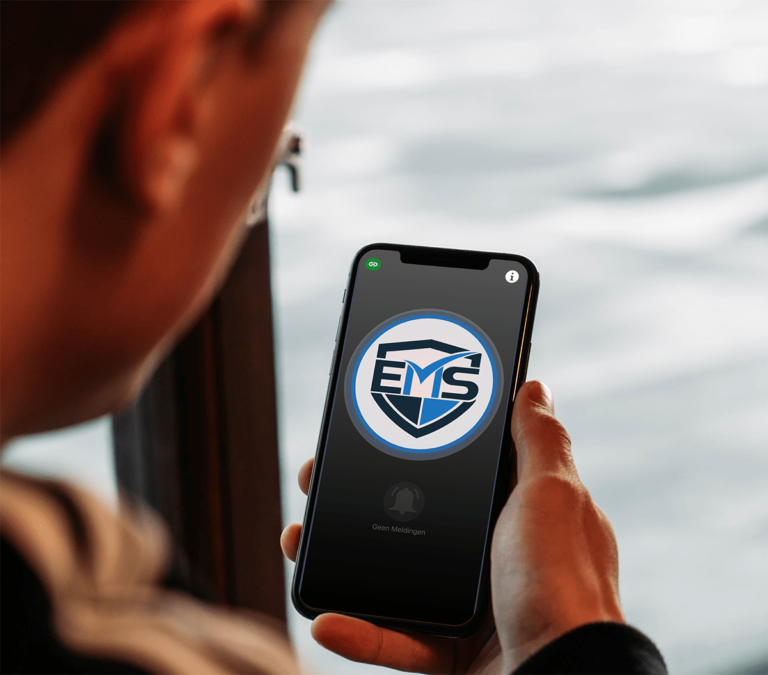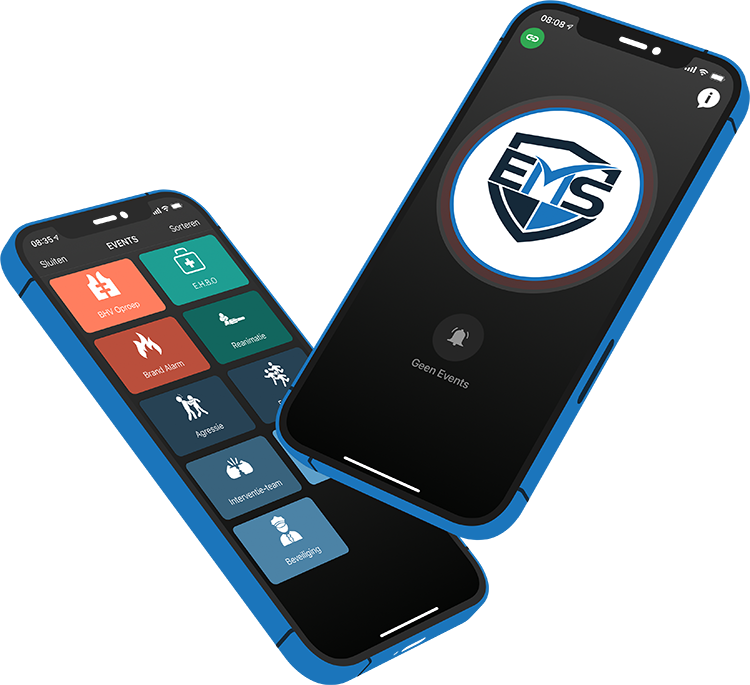Calamities
Numerous emergencies can occur in the workplace. These are unplanned, potentially dangerous events that require immediate action. An emergency can range from a fire or explosion to a medical emergency or security threat. The importance of quick and effective responses to such incidents cannot be overstated; it can mean the difference between life and death, or between minimal and severe damage.
An emergency protocol is a detailed plan of action that an organization follows in the event of a workplace accident. It usually contains a clear, step-by-step guide to the actions to be taken and identifies the responsibilities of different team members.
An emergency preparedness plan acts as a blueprint for acting in such emergencies. It details what actions should be taken, by whom and in what order. By planning and practicing in advance, the chaos and panic usually associated with emergencies can be reduced, and teams can act quickly and efficiently.
Contingency plan
A good emergency response plan has a clear structure and covers all essential aspects of a disaster response. It usually begins with a risk analysis, identifying potential calamities and their likely impact. It then defines the role of each team member in the event of a disaster.
An example of a contingency plan might be:
- Risk analysis
- Communication Plan
- Duties and responsibilities of team members
- Emergency procedures and evacuation plans.
- Backup plan
When creating an emergency response plan, the unique aspects of the organization and its environment must be considered.


Emergency response plan mandatory
It is important to note that having an emergency response plan is required by law for many organizations. This is to ensure the safety of employees and others in the workplace. Not sure where to start? Get information from our experts.
Calamity roadmap – Findwhere
Creating an emergency roadmap can vary by organization. We use a general five-step plan that can be adapted to different environments:
- Risk assessment
- Development of the contingency plan
- Staff training
- Periodic review of the plan
- Practice and evaluate the plan
3 examples
In an elementary school, emergencies can range from accidents on the playground to fires in the kitchen. The emergency plan for a school will focus on keeping the children safe and communicating with parents and emergency services.
For a child care center, emergencies may include accidents, allergic reactions or even a child who is missing. The emergency plan will need to include guidelines for such situations, as well as procedures for communicating with parents and emergency services.
An event may involve emergencies such as major accidents, fires or other safety incidents that involve the general public. The contingency plan for an event should include an effective communication strategy, evacuation plans and procedures for handling incidents for large numbers of people.


Calamities in healthcare
In healthcare, emergencies can range from medical emergencies to infectious disease outbreaks to critical equipment failure. With our emergency app, healthcare providers can quickly respond to such emergencies, saving valuable time. Procedures for healthcare emergencies often include guidelines for rapid diagnosis, medical interventions and coordination with other healthcare providers and emergency services.


Emergency pager
An emergency pager is a device used to enable immediate communication in the event of an emergency. It is often carried by an emergency coordinator, the person in charge of managing emergency response. With our emergency app, this pager can be easily controlled, making communication more efficient and reducing response time. For example, you can choose to run notifications through the communications app, or through the traditional pager (controlled by our app).




